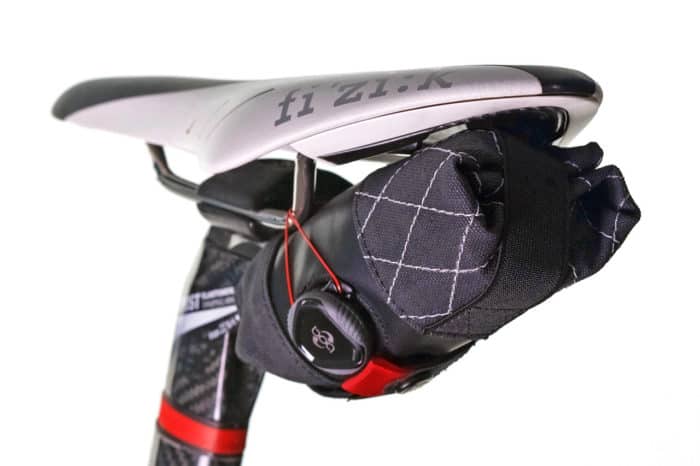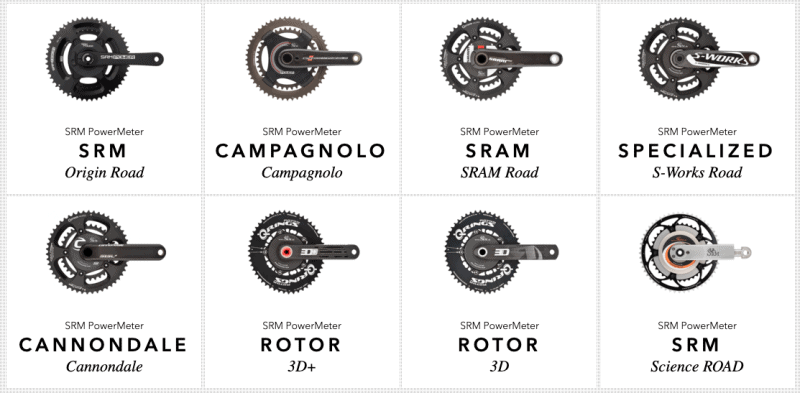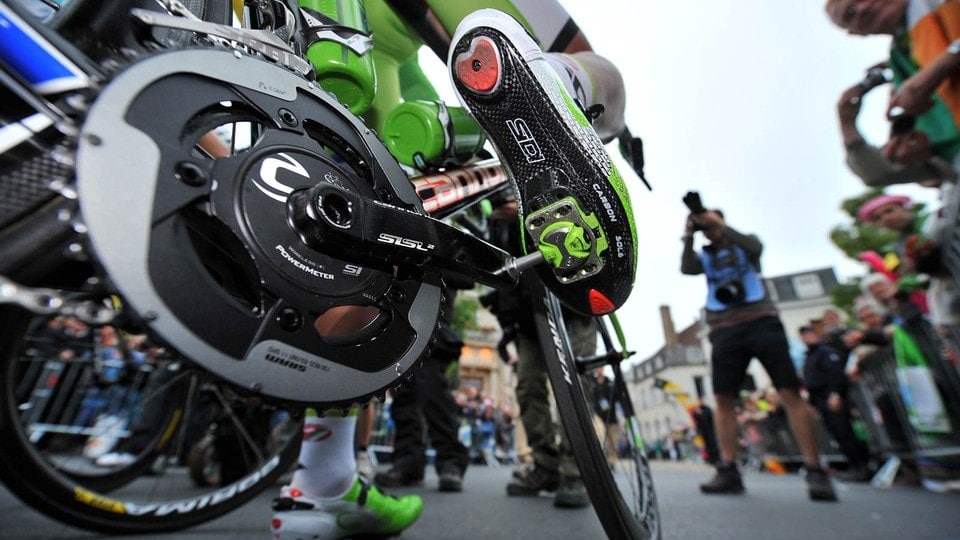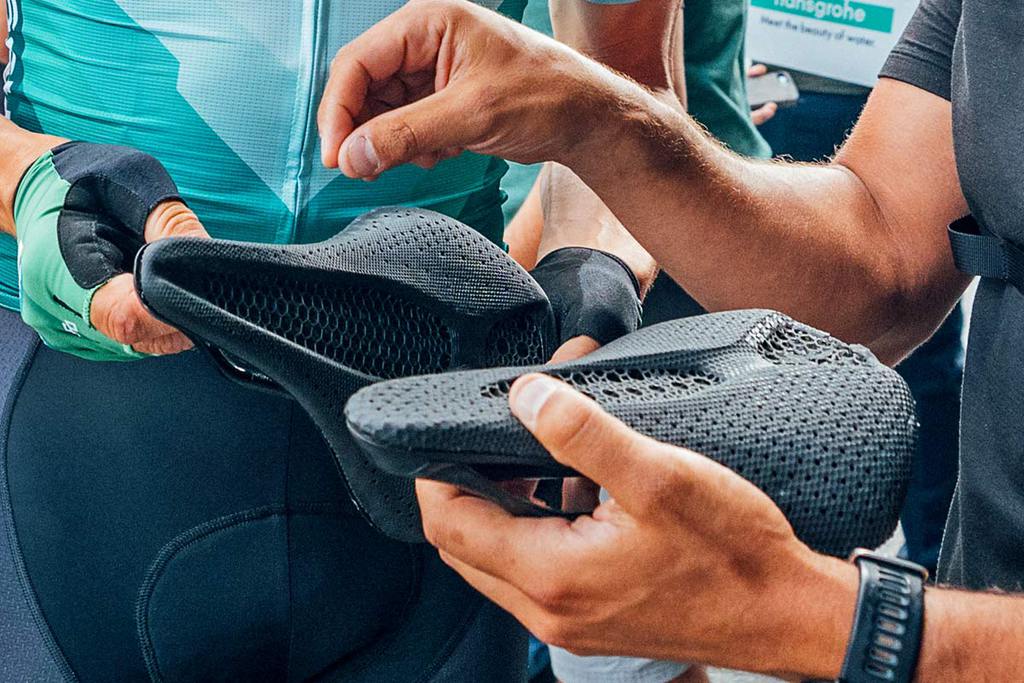Road Bike Seatposts Explained
As components go, you probably haven’t given your seatpost much thought, but today is the start of a new day. One seatpost is not like another.
A seatpost has the simple task of connecting your saddle to your frame, but it does more than meets the eye. It plays an important role in aerodynamics, comfort, and it’s a component that can be upgraded for valuable weight savings.
So what do you need to know about seatposts?
And why is one better than another?
We’re about to lay it all out for you.
On This Page
Carbon vs Aluminum vs Titanium
Which is better?
That is a tough question that does not have a definitive answer.
Aluminum and carbon are the most commonly used for seatposts, followed by titanium. Each of these three materials has its own properties that will react differently with the road, meaning each will feel unique to you.
Carbon Seatposts
Carbon is the material of choice for most aftermarket seatposts, and high-end road bikes come with them.
They aren’t cheap, and the material’s success is thanks to its ability to dampen road vibrations, making your ride more comfortable.
It’s also extremely lightweight, resilient, and can be shaped to include elastomers or other forms to further improve its shock-absorbing qualities.
Aluminum Seatposts
Aluminum posts are typically found on low to mid-range road bikes.
It’s cheaper than carbon while remaining relatively lightweight. Riders with alloy posts tend to upgrade to carbon, yet aluminum is often the material of choice for some rider’s peace of mind thanks to its durability and strength.
It also has dampening properties, but they are not as pronounced as carbon or titanium.
Titanium Seatposts
Ti seatposts are the least prevalent, but to some, they provide the smoothest ride of the three materials thanks to their suppleness and shock absorbing attributes.
Others argue that ti is no better than carbon but on par. It’s lighter than aluminum but heavier than carbon. A ti seatpost is easy to repair and should last a lifetime.
Read More : Titanium vs Carbon Bikes – Which One Suits You Better?
Types of Seatposts
While the job of the seatpost remains the same, its shape has changed to accept a variety of suspension and aerodynamic adaptations.
Here are some of the common type seatposts you’ll come across today.
- Standard. It comes in a cylinder shape and can be used across bike models, depending on the diameter (more about this later) of the seat tube.
- Aero. Made for aero road bikes, they are flatter and made to channel air more efficiently. They’re usually model-specific, so there is a high chance they’re not interchangeable between bike models.
- Integrated. The post is part of the frame and not a separate component. They increase rigidity and save weight.
- Suspension. Not typically used on the road, they include a mechanism that physically travels to absorb road vibrations. They’re effective but heavy.
- Elastomer. An elastomer is integrated into the seatpost to help dampen shocks. They have no moving parts (as compared to suspension seatposts).
Diameter and Length
The standard road bike seatpost diameter is 27.2 mm. Thinner walled materials for weight savings have a larger diameter, giving birth to 31.6 mm. Rarer are 25.4 mm seat posts that are super slim. It’s a common size for Cannondale.
Lengths can vary, but the norm is between 350 to 400 mm.
Extra tall riders can find models as long as 450 to 500 mm, but if you’re going that long, you’re probably on the wrong sized frame.
A seatpost can always be cut down, but you must respect the height limit marked on each one.
Setback and Layback
The words setback and layback mean different things but are essentially interchangeable to describe seatpost offset which is measured in degrees.
Offset is the rider position in relation to the cranks.
A higher offset would stretch the rider out, placing them further behind the cranks. Common setbacks start at 0° and increase to 5°, 15°, 20°, 25°, and up to 30°.
A 0° offset, or straight seatpost, would position the rider over the cranks, placing them closer to the handlebars. 5° to 30° of setback pushes the cyclist further back behind the cranks, extending the distance between the rider and the handlebars. A professional bike fit will help determine which is best for you.
The greater the setback, the more room (within the limit of the saddle rails) available to adjust rider position in respect to the handlebars and crank length. It’s a nifty trick when only a few millimeters are necessary to find the right fit. Riders with a long torso or arms are often candidates.
Shorter riders tend toward zero or a shallower setback to help with reach. Time trialists and triathletes use this seatpost too, for aerodynamics and pedal power.
Seatpost Weight
As seatpost weight goes, carbon is on the top of the podium. Second place goes to titanium (in most cases), and the third, to aluminum.
Just because a seatpost is lighter, doesn’t mean it’s better. You’d probably gladly take on a few more grams for greater comfort.
Here’s a weight and material table for a few popular seatpost models.
| Model | Carbon | Alloy | Titanium |
|---|---|---|---|
| Zipp Service Course | 247g | 275g | n/a |
| Easton EC70 | 215g | 270g | n/a |
| Thompson | 179g | 289g | 250g |
Shimano Di2 Battery Integration
Electronic shifting systems are quickly finding their place in cycling. While Di2 is still reserved for Shimano’s high-end road component groups (Dura Ace and Ultegra), its ease of use and the brand’s reliability are earning it an impressive fan base. Di2 requires mandatory cables routed throughout the frame and connected to a junction box and battery.
Where do you conveniently tuck away the battery?
In the seatpost of course!
A Di2 battery-compatible seatpost will hold the battery securely in place.
The catch is that not all seatposts have this compatibility, so read the fine print before ordering. SRAM’s eTap doesn’t require a battery-compatible seat post as each component has its own battery.
If the seatpost of your dreams isn’t made for Di2, don’t sweat it. You can install a Di2 battery in any seatpost provided it’s round. Get yourself a battery holder, there are a few options out there, and voila.
If you have some foam bits lying around, try using them to make them fit. Just make sure it’s secure. Non-seatpost storage options exist, like fixing it into downtube too.
Read More :
Shock Dampening Technologies
Many seatposts come with integrated shock dampening technology, especially with endurance road bikes.
Some brands like Trek/Bontrager, Cane Creek or Redshift have created seatposts devised for road or gravel bikes with a shock-absorbing mechanism that provides a bit of travel. While they do their job very well, they come with a significant weight penalty.
Specialized and Canyon have developed their own proprietary seatpost designs to make your ride more enjoyable.
- Specialized were the first to integrate elastomers into their frame and seatposts for improved rider comfort.
- Canyon’s seatpost is split in two, and the halves move against each other to dampen any road vibrations while a floating seat clamp keeps the saddle angle fixed.
Types of Saddle Rail Clamps
A clamp connects your saddle to the post by its rails. Clamps work with specially shaped cradles fixed over and under the rails and tightened via a one or a two-bolt system. They hold the saddle in position and equally distribute rider load over the rails.
The saddle can be leveled and adjusted fore and aft before tightening the clamp’s bolt(s). Once the saddle is fixed in position, it shouldn’t move.
The diameter, shape and size of the cradles will determine which saddles are compatible.
Saddle rails can be round, semi-round, oval or even square, and clamps with a wedge design can be wider on the top than the bottom.
Common clamps for round steel, ti or alloy rails are 7 x 7 mm, while carbon rails, more oval in shape, take a 7 x 9 mm.
Ritchey clamps are made 8 x 8.5 mm.
Clamping systems are getting more sophisticated for improved weight and hold. Some are a hassle to set up, but once you do, you shouldn’t have to touch it again unless you want to make changes.
If you’ve decided to change your saddle, and not your post, look at the shape and size of the rails before getting your heart set on a new saddle that won’t fit.
Saddles aren’t cheap, and once they are installed, any clamp marks will prevent them from being returned. Knowing what to look for will save you time, energy, and disappointment.
Seatpost Price Range
It depends on what it’s made of.
Carbon is premium due to its low weight, strength, rigidity, and dampening properties, but it’s more expensive. Prices for performance carbon seatposts from brands like Thompson, Enve, and Zipp start from the $300 mark.
Alloy seatposts are strong and reliable, but heavier and less effective at reducing road vibrations. Their cost varies greatly and is defined primarily by the brand, weight, and amount of refinement. Prices generally start from $20 and climb to $280 for a high-end alloy seatpost.
Titanium is between the two. While not the lightest material, titanium has excellent shock dampening properties, and a quality ti seatpost will last a lifetime. The price tag on a ti seatpost from specialists like Thompson or Lightspeed starts from $350.




